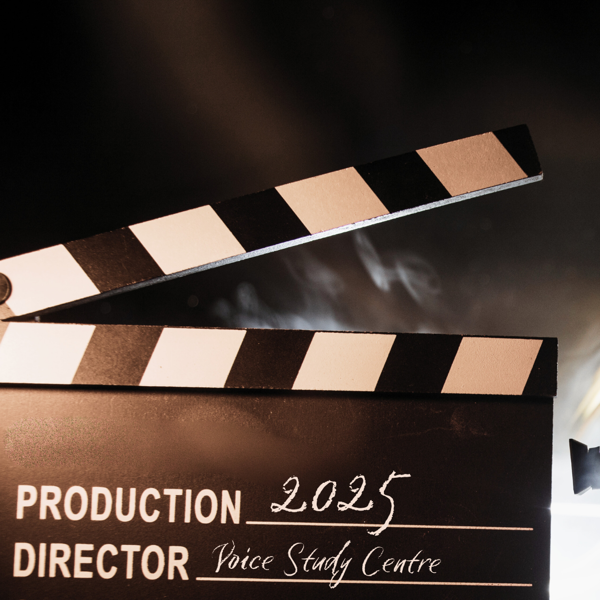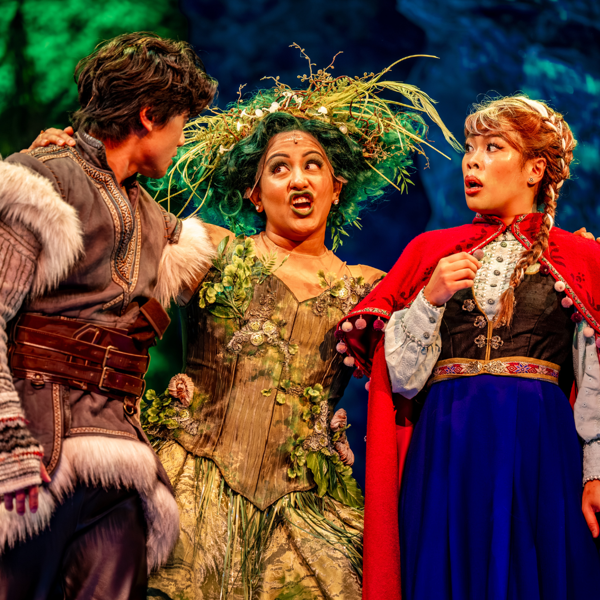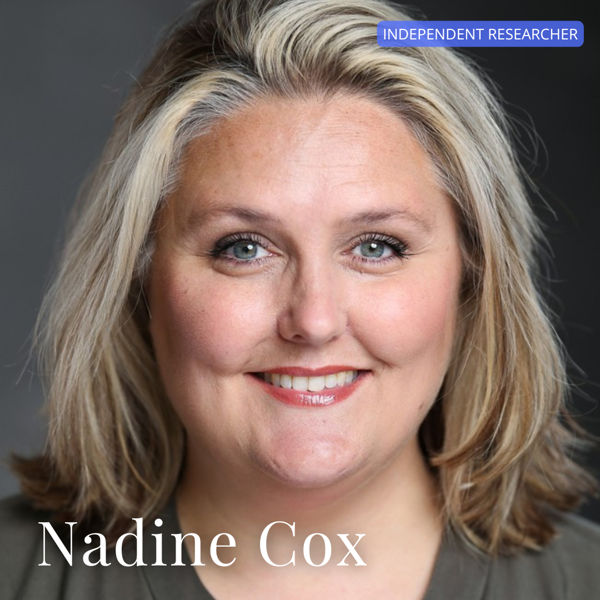Course Review: Gesture and Movement in the Voice Lesson and Beyond with Dr Julia Nafisi
Thursday 31st August 2023Dr Julia Nafisi began her presentation on Gestures and Movement (GM) by breaking down singing into three components: voice (instrument), ear (control) and music (purpose). She talked through the notions of teaching and learning and how they relate to knowledge and skill (e.g. teaching = the transfer of the teacher’s knowledge to the student), and noted that the ability to learn starts with the ability to remember.
Next, there was a discussion around the controversy between factual teaching and imagery-based teaching, with supporting quote references provided for each side. Julia shared the results of a survey by Rachel Ware that suggested most people consider that a combination of voice science (mechanics) and imagery (imagination) allows them to learn to sing most effectively. This was followed by more discussion about the potential drawbacks of focusing on the internal goal (mechanics) and the benefits of focusing on the external goal (outcome) instead.
So, where do GM come in? These have the capacity for communication as well as feeding back into the brain, and can provide ‘ideal external attentional focus’ (Brand, 2021). Julia explored the role of GM in choir rehearsal and/or performance using a video clip example. She then moved on to discuss her observational research study at the Sydney Conservatorium of Music which sought to find out what (if any) gestures and movements a group of singing teachers use in their teaching. Julia has categorised gestures according to their pedagogical intent, as follows:
- Physiological – to illustrate physiological mechanisms e.g. elevated palate
- Sensation-Related – to illustrate thoughts, sensations or metaphors e.g. forward direction of a sung phrase
- Musical – to illustrate musical concepts/phenomena e.g. solfege hand signs helping with pitching
- Emotional – to illustrate emotions contained in song and/or text e.g. one hand in the air in triumph
Some video clips explained some of these concepts in greater detail, before Julia went on to note that some gestures can fall into more than one category above. She discussed body movements (e.g. bending knees, swinging arms) and their roles in optimising posture, releasing tension, energising and keeping time, but stressed that, unlike gestures, these have no intentional expressive component and cannot be employed in communication.
Her research study surveyed professional voice teachers in Australia (ANATS) and Germany (BDG) and tested the notion that ‘gestures and body movements are widely-used tools in the teaching and learning of singing’. After providing information about the survey respondents, she shared her results. It was found that virtually everyone surveyed used some kind of gestures to enhance and/or illustrate their explanations and/or demonstrations, and when broken down, it was physiological gestures that were used slightly more regularly than sensation-related or musical gestures. A question around specific examples of gestures generated varied results.
Similar questions regarding encouraging students to use gestures while singing indicated that this was a method that was ‘sometimes’ used. Interestingly, when asked about encouraging the use of emotional gestures to enhance expressiveness, around 20% of BDG respondents chose ‘not at all’. The survey then asked respondents about body movements, and it was found that only a very small percentage of people rarely or never encouraged the use of these in their studio.
All of this led to Julia’s experiment to find out whether GM are actually effective within the voice studio. Her hypothesis was that ‘Gestures and body movements are helpful tools for the acquisition of vocal technique, namely vocal production’. Twenty-five volunteer participants of varying age and musical backgrounds took part in four vocal exercises, as follows:
- Exercise A – major triad with ‘see saw’ on (i)
- Exercise B – major triad plus sixth on an (U) vowel
- Exercise C – five tone scale on the syllables (written as voh-lah)
- Exercise D – staccato arpeggio on (a)
These were recorded during different interventions and used a mixture of GM and non-GM approaches. The obtained video and audio footage was organised, coded and prepared for listener evaluation by NATS, AOTOS, BDG and ANATS. Overall, there was a significant improvement in vocal quality/tone when including GM to carry out exercises A and D, but not much difference shown on exercises B and C.
To round off her presentation, Julia discussed some other forms of gesture and movement in the context of singing (‘embodied imagery’) and showed some clips. She also included her own flow diagram which nicely illustrated how GM relate to different aspects of singing, as well as the different goals of the teacher and the student in the voice studio.



